
Already a marvel of 20th century engineering, the new Bayonne Bridge is now also a 21st century sensation. Since 1931, the iconic superstructure, formerly the world’s largest steel arched bridge, has spanned the Kill Van Kull, one of the most heavily traveled cargo-carrying waterways, accessing the port of New York and New Jersey. Engineering firms HDR and WSP USA joined forces to modernize the bridge and allow larger ships to cross under it. At the Engineering Excellence Awards Gala, hosted by ACEC on April 17th, Milestone 1 of the “Raising the Bayonne Bridge” project was awarded the highest honor of “Grand Conceptor.”
View this complete post...







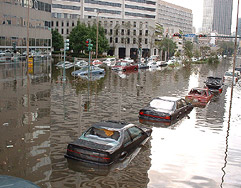
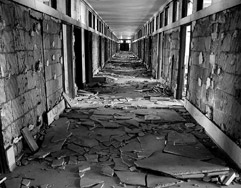
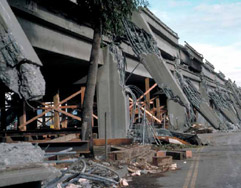
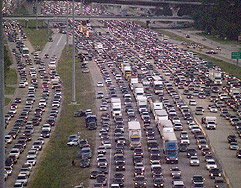

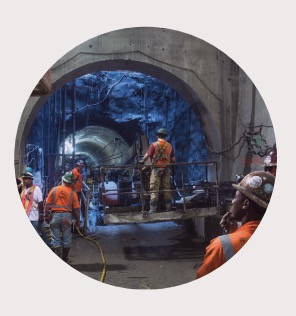
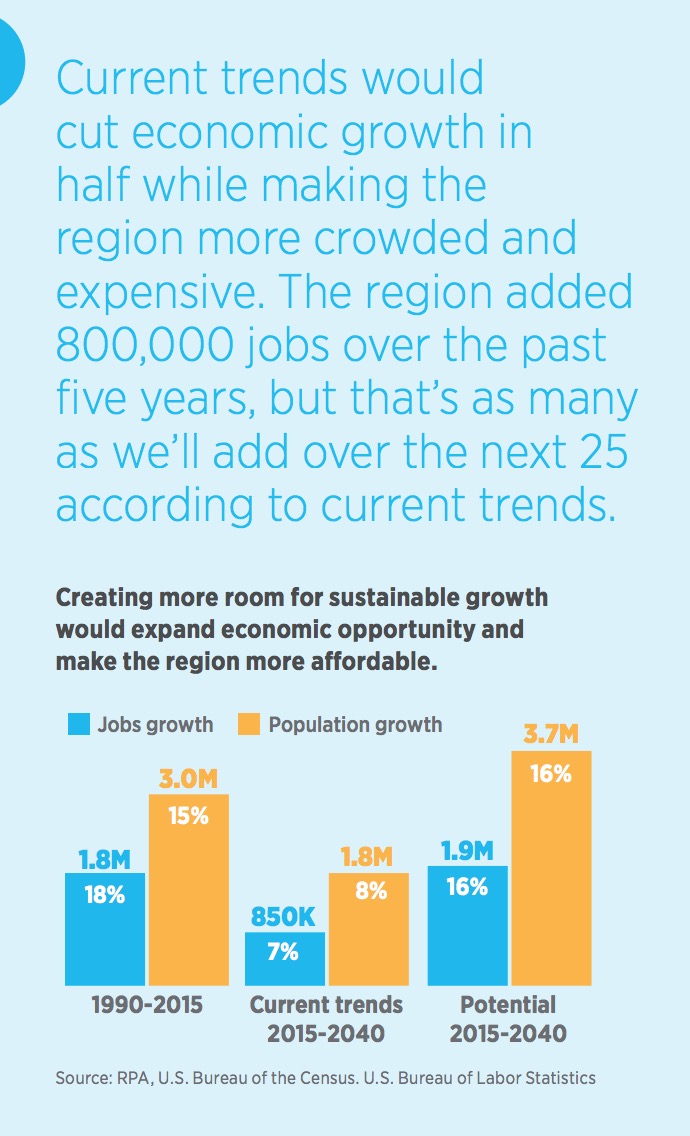
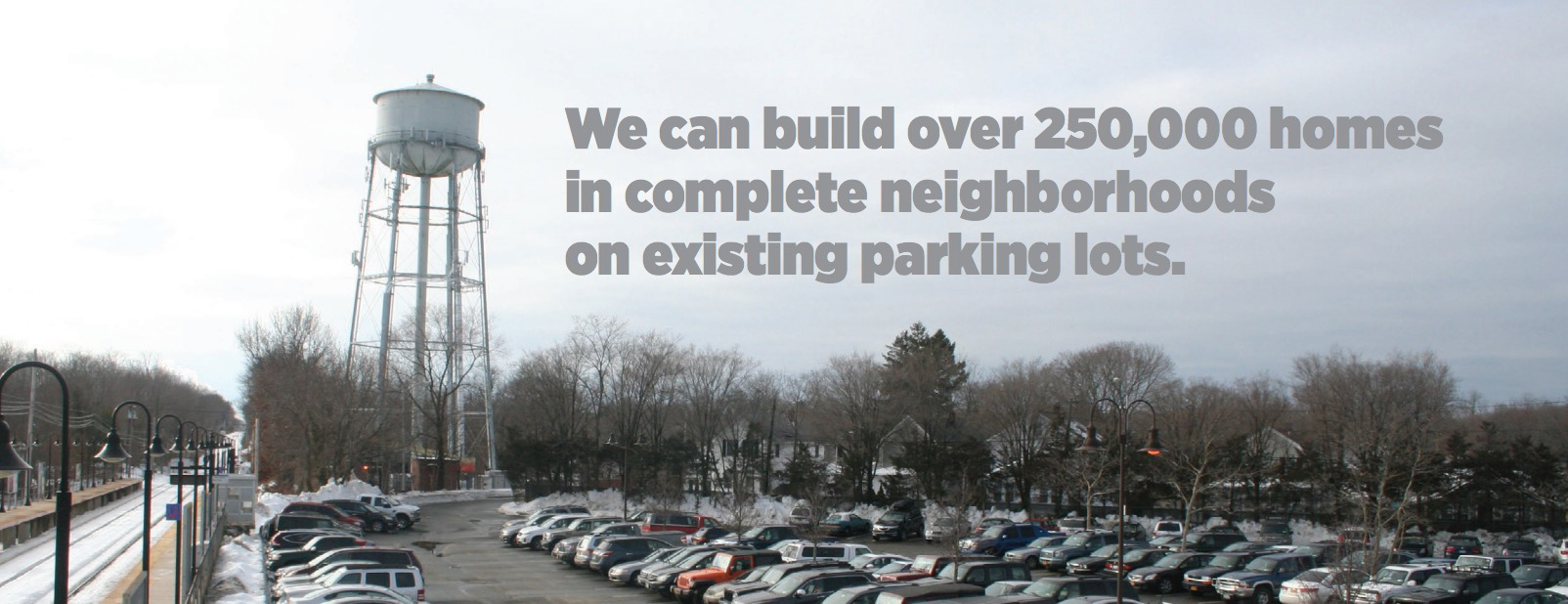
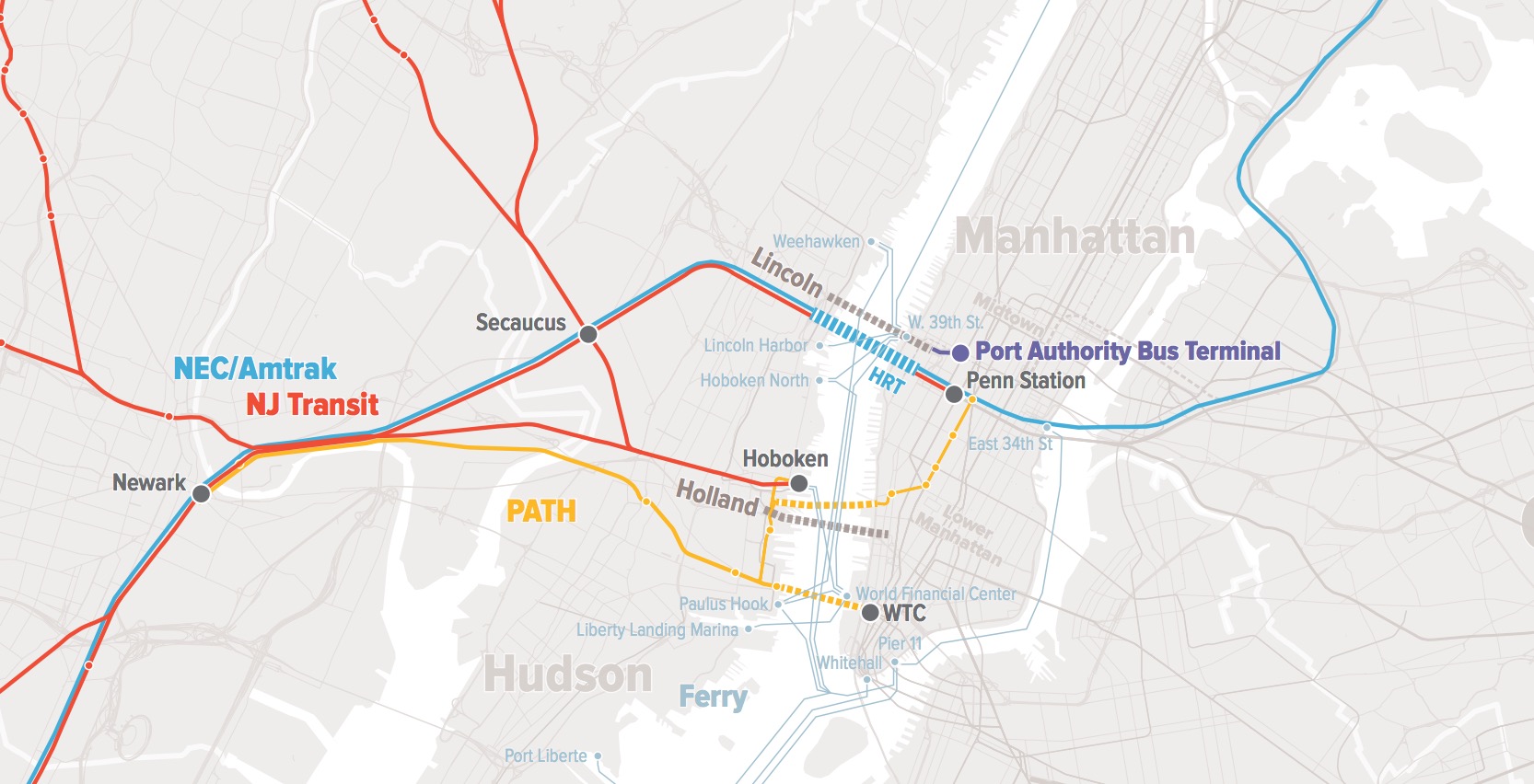
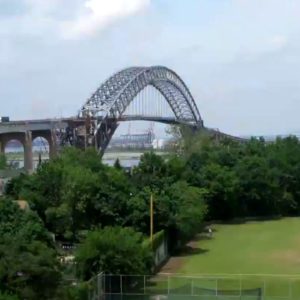


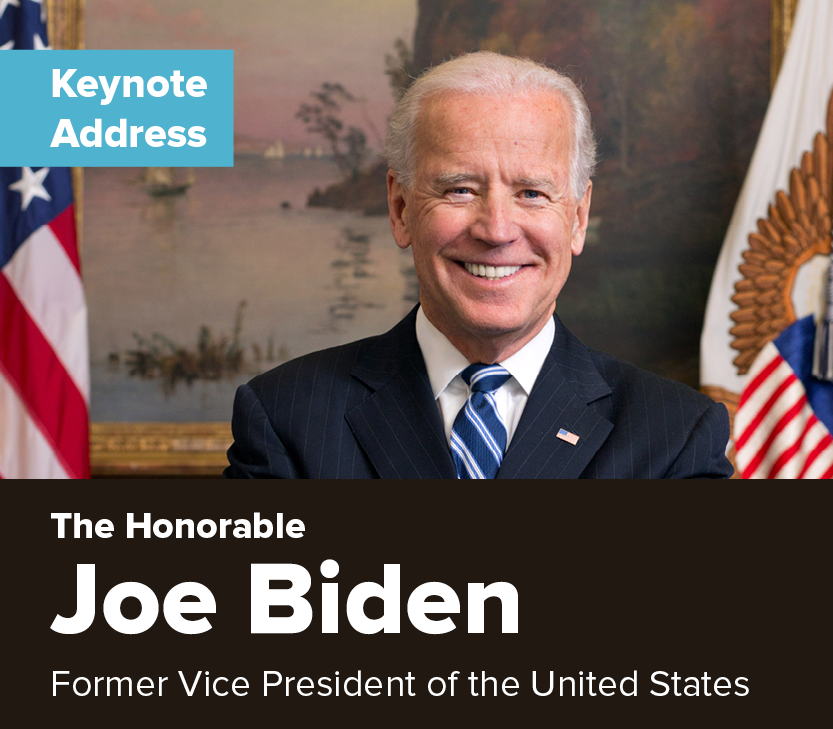

 RSS Feed
RSS Feed